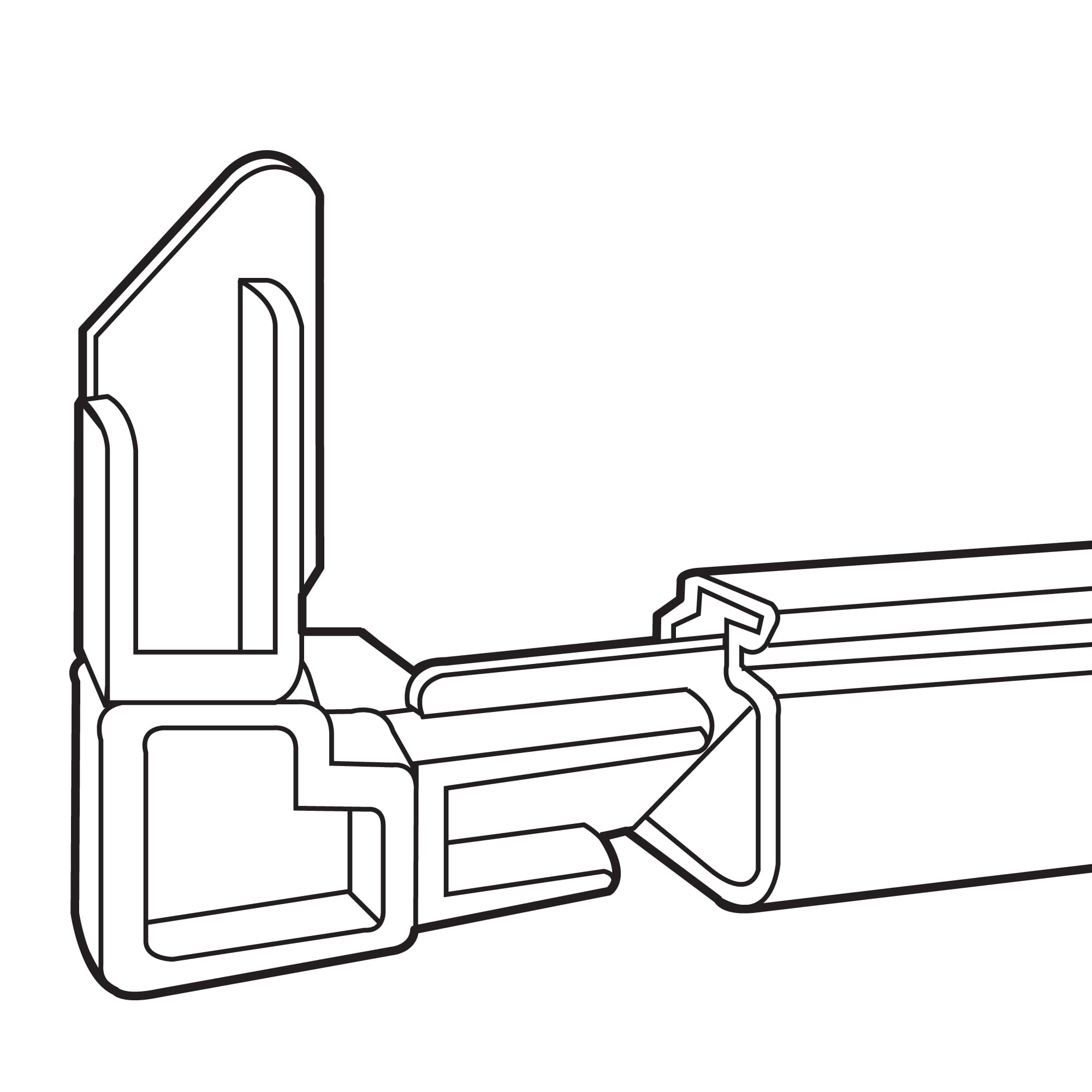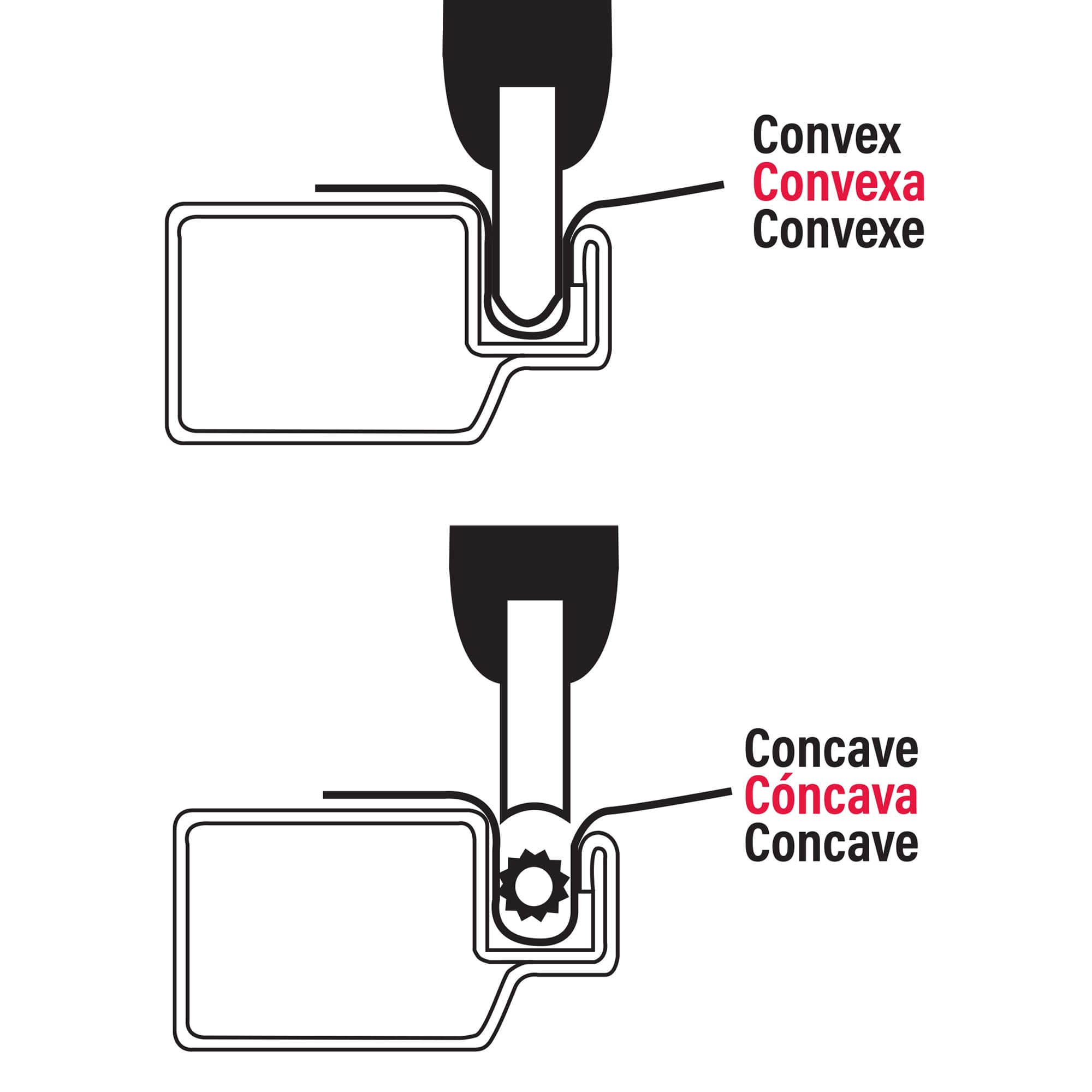How To:
Install Sliding Window Screens
Before You Begin
Find out what kind of window you have. The required steps for replacing your window screen will change depending on the type you have. This is also true for the type of screen you have.
These are the materials and tools that will be required to install your window.
Materials
- Screen Frame
- Screen cloth (aluminum or fiberglass)
- Screen retainer spline
- Plastic Corners
Tools
- Hacksaw
- Box Cutter
- Tape Measure
- Screening Tool
Before you begin cutting the screens to size, take a quick look at your window and see if they match any of the images below. If your window matches the image for a sliding window, continue reading; however, if it's a casement window or a double hung wood window:
Click on the button below the image of the window that looks like yours. You will be taken to the corresponding instruction manual page.
Sliding Windows Screen Installation

Step 1: Measure the Screen
Screens for sliding windows are installed in a channel directly opposite of the sliding window. Due to various styles of of attachment hardware, we recommend using your old screen to determine the correct size. If the screen isn't available, here's how you can measure the height and width.
Height
Measure the height from the inside upper channel to the flange of the lower channel; take that number and reduce it by 1/8" to get the height.
Width
Measure from the inside of the deepest side channel of the window to the flange of the opposite channel and reduce it by 1/8" to get the width.
Step 2: Cut the Frame
Measure the existing screen or screen location. Deduct 1-1/2" from each measurement, then square cut the frame with a hacksaw (we recommend a fine-tooth hacksaw). When the corners are installed (Step 3), they will fill the overall dimension requirements.


Step 3: Assemble the Frame
Insert the corners into the short lengths first, then insert the exposed corner leg into the long lengths. Lightly tap the corners into place. Check the assembled frame for squareness.
Step 4: Screen Installation
How you install your screen will depend on the type of screen you have. We will go over the installation of a fiberglass screen and an aluminum screen.


Fiberglass Screen
1. Lay Assembled frame on the flat surface with a retainer spline channel facing up.
2. Place the screen cloth over the frame, overlapping the retainer spline channel at least 1" on all sides.
3. Begin at one corner and insert screening (use convex or concave wheel) into the channel with retainer spline (press down and roll with short back-and-forth strokes). Cut off excess retainer spline.
4. With a sharp knife, cut off the excess screen cloth by angling the knife blade on the outer edge of the spline, being careful not to cut the screen.
Aluminum Screen
1. Place the screen wire over the frame overlapping the retainer spline channel 3/8" on all four sides. Cut the screen wire across the outside corner of the spline channel at a 45 degree angle.
2. Hold the screen wire firmly in place and, using short light strokes, insert the screening (use a convex wheel) into the retainer spline channel of the bottom frame section. Use a free hand to press down firmly on the screen in the center of the assembled screen frame. This will assist in eliminating the screening from being pulled too tight. Duplicate this procedure at the top of the frame, followed by the two sides. Be sure the screening is completely compressed into the channel (use a concave wheel), before inserting a retainer spline.
3. After rolling in all sides, begin at one corner and insert the retainer spline (use a concave wheel) into the channel (press down and roll with short, back-and-forth strokes). Trim the loose wire strands and excess retainer.
Step 5: Install the Finished Screen
Place the finished screen frame into the window frame.
Your screen is now installed and your window is ready to be used.


